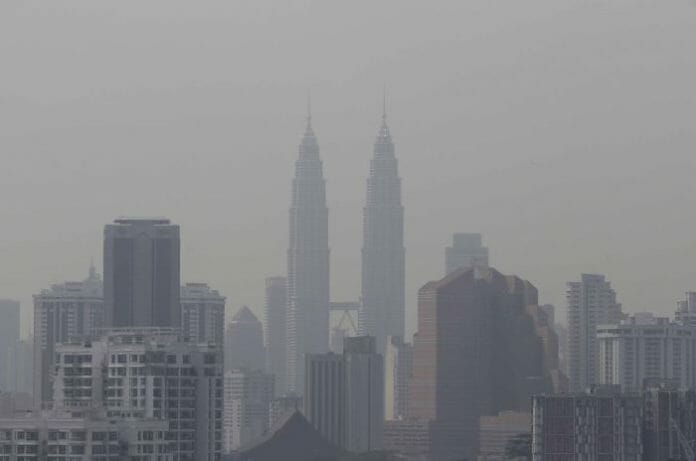Malaysia is planning to develop country-specific greenhouse gas (GHG) emission factors for key sectors, said Bank Negara Malaysia (BNM).
This would enable the government to form a good basis for the development of a national-level carbon accounting framework, said the central bank in its Annual Report 2022 released on Wednesday (March 29).
“In the long run, the framework would provide a baseline for the government to develop and scale market mechanisms such as the compliance carbon markets.
“This in turn will be critical to further accelerate climate action in Malaysia towards its net zero goals and mitigate adverse impacts from a disorderly transition,” it said.
BNM explained the national carbon accounting framework should provide a consistent approach to assessing GHG emissions and enable targets set at the entity, sector and national levels to limit these emissions.
More jurisdictions, including in this region, recently introduced GHG reporting frameworks and carbon emissions could then be priced accordingly based on these targets to influence business decisions and behaviours.
For example, Singapore introduced a Guideline on GHG Measurement and Reporting Requirements, which required registered corporations to compile and submit an emission report annually for each facility that is subject to the Carbon Pricing Act.
Submission is made via the Emissions Data Monitoring and Analysis system, it said.
In Malaysia, BNM said measurement is based on data obtained through various sources such as relevant government agencies and publications.
For example, data to measure emissions for the energy sector is sourced from the National Energy Balance, other government agencies and the private sector.
In areas where national-level data is not available, international data is used, said the central bank.
Meanwhile, Malaysia targets to become a net zero GHG emissions nation as early as 2050. Following this, the government is working to develop the Long-Term Low Emissions Development Strategy (LT-LEDS).
The LT-LEDS aims to articulate actionable programmes and policies which are needed to deliver measurable GHG emission reductions aligned with the aims of the United Nations Framework Convention on Climate Change.
While the LT-LEDS is being finalised, the government has also laid out plans to put in place key enablers and infrastructure to facilitate the transition towards a low-carbon economy.
“These include plans to introduce a legislative framework and a carbon pricing framework,” said BNM, adding the launch of the Bursa Carbon Exchange (BCX), a voluntary carbon market, on December 9, 2022, is a further step forward.
The BCX allows businesses to meet climate targets through trading carbon credits from activities or projects that reduce or avoid GHG emissions.









